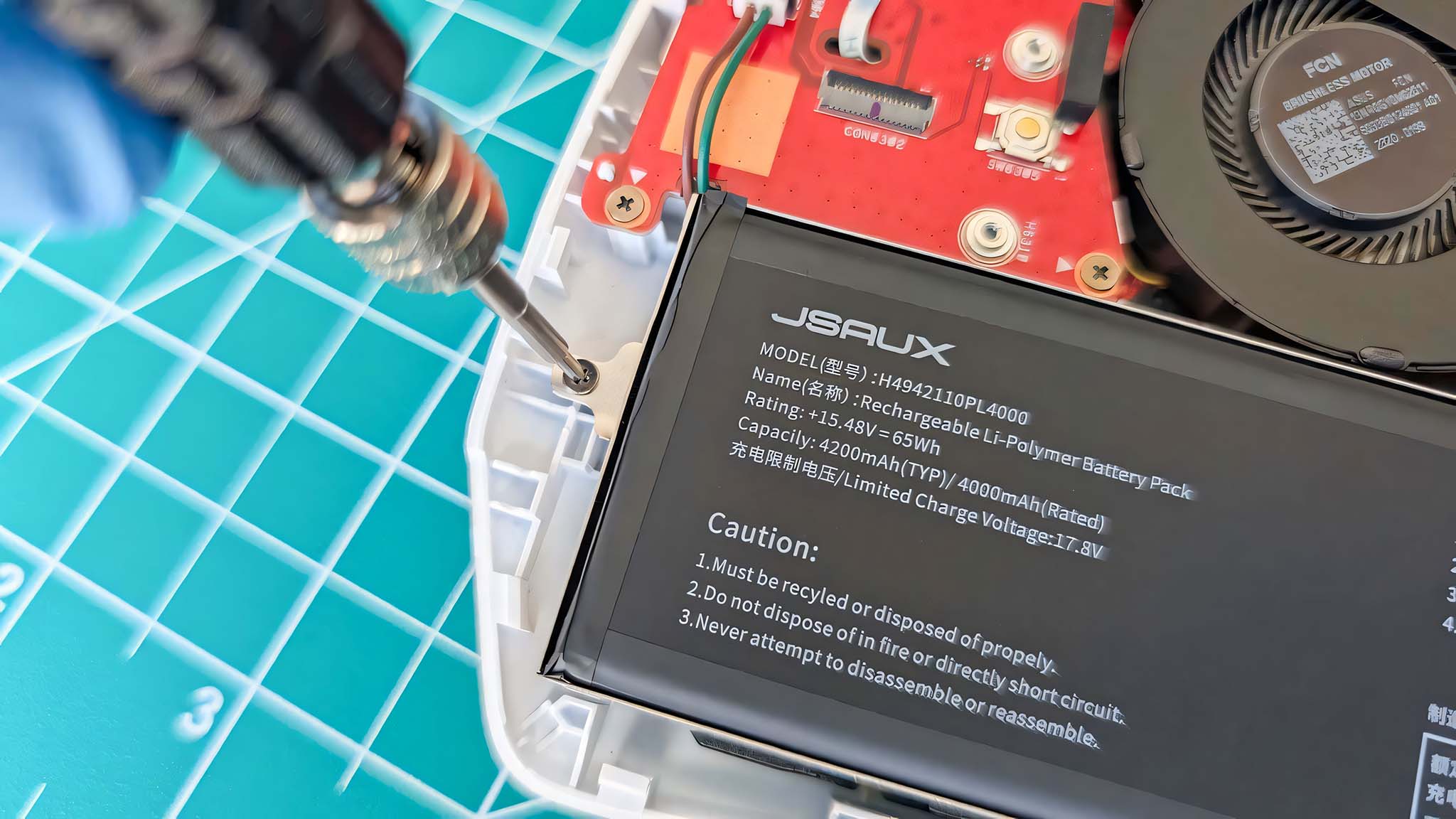Surface Neo and Duo offer a unique — and challenging — opportunity for developers
Whether or not developers take advantage of the two displays on both Surface Neo and Surface Duo will be vital to their success. But what might that look like?
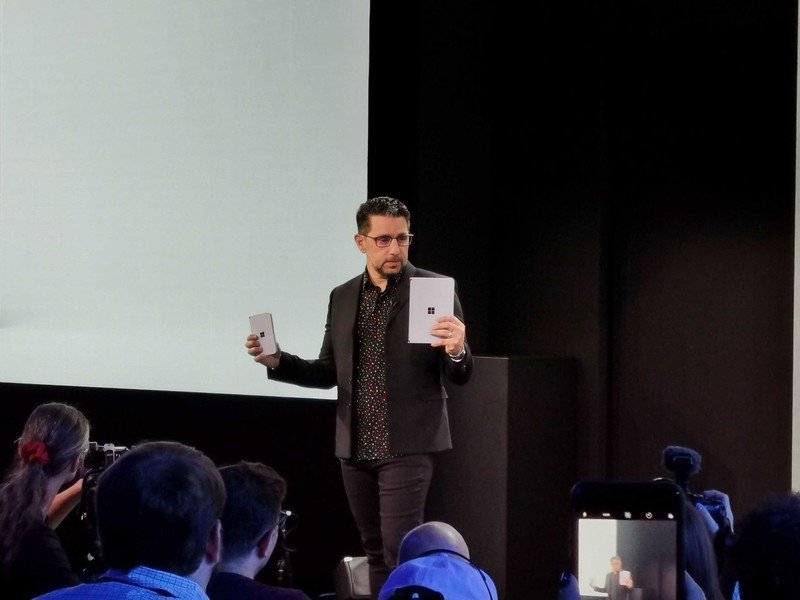
When Microsoft unveiled the dual-screen Surface Neo and Surface Duo last month, it took everyone off guard. Not only was the Andromeda concept, which had been rumored for years, alive and well, but Microsoft went even further by revealing a PC and a phone.
While phones like the Samsung Galaxy Fold and Huawei Mate X have already shown us some of what we can expect from devices with folding screens, the Neo and Duo are different beasts. Instead of utilizing folding screens and all of the problems that come with them, Microsoft opted for two separate screens while still embracing the folding form factor. And from its presentation, it's clear the company is focusing hard on productivity with both devices.
The result is a set of hardware that, at first glance, impresses with Microsoft's usual Surface touch. But some burning questions remain: How are developers going to best take advantage of these two screens, and how can Microsoft entice them to embrace its dual-screen approach?
Is two really better than one?
Aside from the tech behind them, the differences between foldable and dual-screen devices might not appear to be major, but they present different challenges in how apps can best take advantage of the screen real estate. For one large folding display, for example, it's easy to envision something like a YouTube video expanding across the entire screen when open. But when you slide a bezel between two screens, as in the Neo and Duo, that idea doesn't work nearly as well.
Instead, Surface Neo and Duo are likely to invite app interactions that improve workflows, says Frank Gillett, a vice president and principal analyst for research firm Forrester. "Think of workflows where you need to be able to see the big picture, work through a sequence, or switch among options," Gillett said. "Those will benefit from a left/right notion of overall visibility or control on the left, with a drill-down or focus on the right."
The dual-screen approach may prove more useful for workers in the field, rather than those working at a desk job, Gillett added. But whether that boost in productivity will actually be measurable or subjective will be an interesting thing to examine once the devices are on the market, he said.
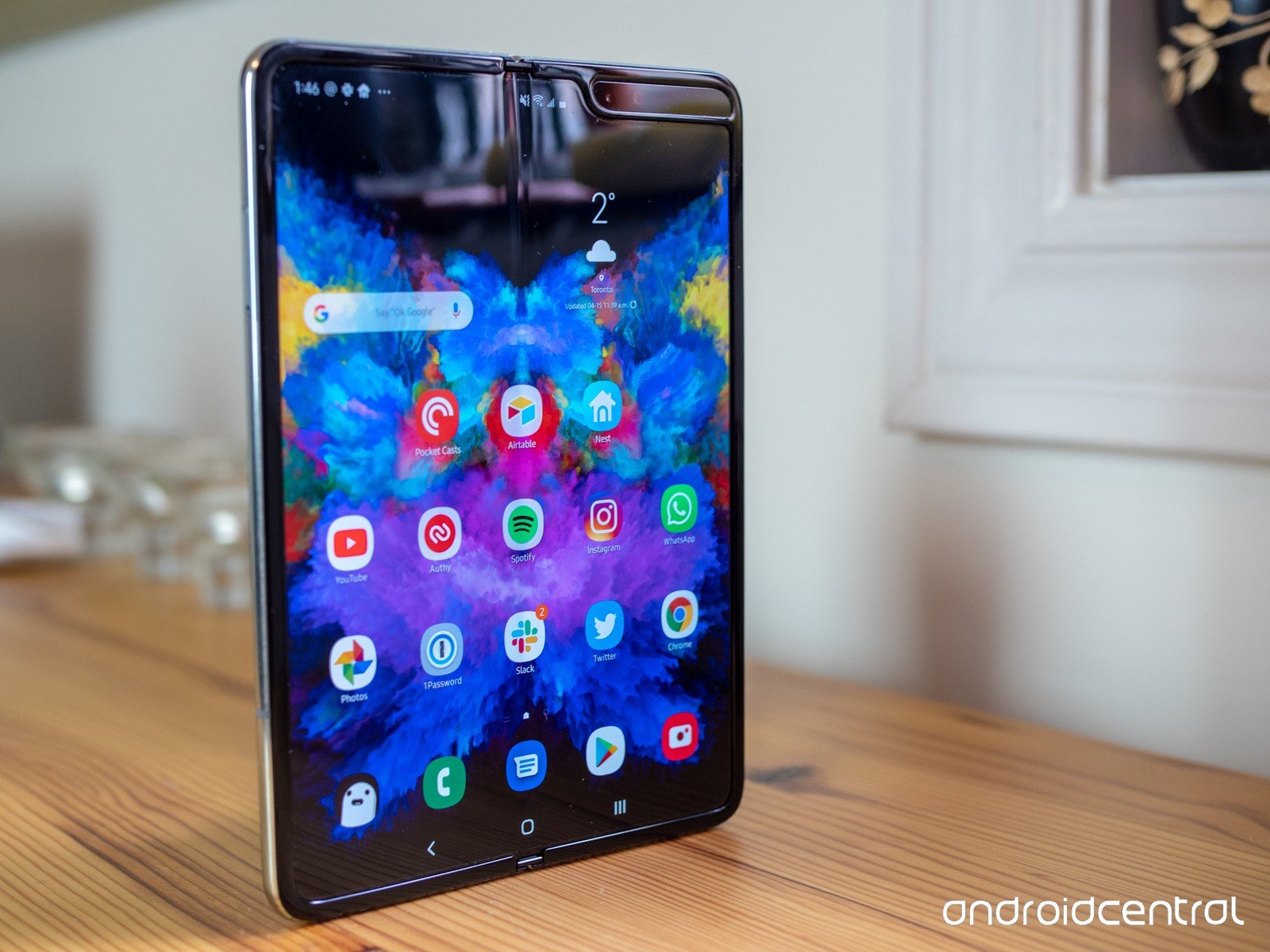
Sasha Krsmanovic, chief marketing officer for Uno Platform, agrees that users may frequently view devices like the Surface Duo as a multi-tasking device, rather than one large device. "Dual screen tablets and phones lend themselves naturally to a mode that's common on desktops and traditional laptops but rare on existing handheld devices," Krsmanovic says. "At a technical level, it's 'multi-tasking,' but from a user perspective, it's not really that – it's more like 'multi-app single-tasking,' like having a term paper open in one window and Wikipedia open in another. "
Get the Windows Central Newsletter
All the latest news, reviews, and guides for Windows and Xbox diehards.
Apps that benefit from powerful multitasking could really thrive on folding Surfaces.
Apps are often used in conjunction with each other on laptops and desktops. Jumping between tasks and apps is a natural part of workflows on PCs, but can feel awkward on phones because you're entirely switching between apps, rather than having things open side by side. Krsmanovic highlights how a common multitasking setup from PCs could translate well to the Surface Duo. "When watching [an] NBA basketball game on a mobile device via NBA app, the user has an option to slide out real-time stats via a slider, which usually comes from the bottom or from a side," Krsmanovic says. "We love stats. We crave stats. This is what announcers on TV do for us all throughout the game. However, on the app itself, when those slides are slid out, they take away a good chunk of the screen real estate, getting in the way of following the actual game. In this scenario, a split-screen real estate can have a great and positive impact on user experience."
Media apps like YouTube and Netflix would benefit more from a phone like the Galaxy Fold that can unfold to have a larger screen, but there are many apps that could benefit from a bezel between two displays. Non-media apps that expand onto tablets often just add extra space between elements. While developers could optimize their apps better for larger screens, extra features and elements of the app could also be placed onto a second screen. For example, Reddit wouldn't benefit that much from just having a larger screen, but being able to jump in and out of continued threads on one display, while having the main thread open on another, would streamline browsing comments and posts.
Lauren Guenveur, a senior research analyst at IDC, agrees, noting that any app that can be used across multiple screens, such as Outlook, is going to represent a major bump to productivity. "I kind of see foldables and dual-screen devices, as opposed to using one app, [using] more than one app," Guenveur says. She also sees creative apps being a place where dual screens can "shine," particularly "anything where you need a large control panel, versus a full screen for what you're controlling."
Is it worth it for developers?
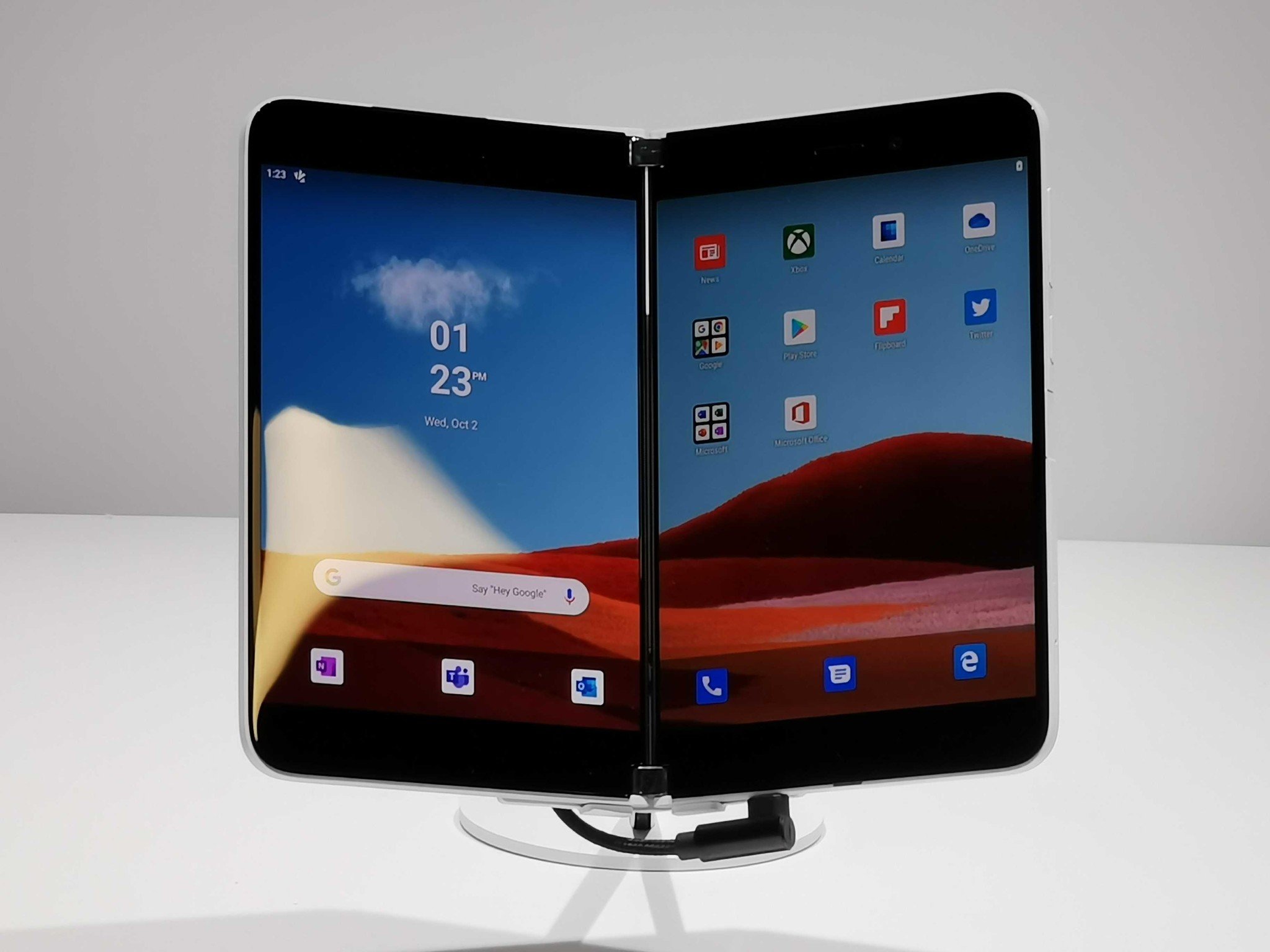
In 2019, ecosystems of apps are often more important than the OS itself. The story of the failed Windows Phone is a familiar one for Windows Central readers, but the same principles apply to any company trying to make a phone today. When Huawei began discussing shipping a phone without the Google Play Store, analysts and potential buyers immediately started looking for ways that Android apps could run on the device.
In 2019, people want apps and services, and if developers aren't on board, a device may be doomed from the start. Fortunately for Microsoft, the Surface Duo will run Android apps. The only question is if developers will optimize their apps for Android and if that's important to consumers.
Arlo Godfrey, a developer and one of the heads of the Universal Windows Platform (UWP) Community Discord, points to a potential pitfall for Duo's ability to attract developer attention. "Since the Surface Duo is currently one of a kind when it comes to the split in the screen, it's entirely feasible that devs could just ignore the device and bank on something like the Galaxy Fold, which doesn't require extra work to take advantage of the extra real estate."
Developers might not consider it worth the investment to make apps that take advantage of one device.
While the Surface Duo comes with the power of the Surface brand, it is still a unique device. Developers might not consider it worth the investment to make apps that take advantage of one device. Godfrey believes that more devices within the same category might be key to swaying developers. "With Microsoft and Google partnering on this device, and Android 10 and 11 getting native support for these type of devices, I think we might see more like the Duo in the coming years (since it's easier to manufacture than the Fold)," Godfrey says. "If devs haven't made accommodations for the dual-screen format by then, they'll be much more inclined to."
The head developer of myTube at Ryken Studio, Christopher Blackman, points out that different categories of apps benefit from dual screens in different ways. "For consumption apps, I think giving the user one screen to browse and the other to consume would be the best way forward," Blackman says. "For creation apps, having controls on one side and the canvas on the other could work, or stretching the canvas across both screens to give the user a larger area to manipulate. Personally, though, I think 80 percent of apps would benefit more by having a different app run on the other screen."
Convincing developers and companies to optimize their apps for different form factors and shapes can be tricky. Apple excels at this. From little things like supporting a notch to larger things like support for macOS Sidecar, Apple can swing the hammer and get developers to jump on board. Microsoft has had less success in this sphere, and it will have to see if the Surface brand and other manufacturers making dual-screen devices can sway developers.
However, because foldables are such a new category, Microsoft may fare better in this regard than it did with Windows Phone, which was entering a space in which smartphones, and what they do, were already a known quantity.
"It was kind of brilliant on Microsoft's part to not just introduce these two new products on a smaller scale just to developers, but to excite the entire tech community and otherwise anyone who would watch or pay attention to Microsoft," Guenveur said. Being early to foldables and getting the broader tech community excited for them well in advance of their launch could have the net effect of driving developer attention to the new platform.
Taking advantage of the screen real estate
Some apps seem like a natural fit for a dual-screen device. Microsoft's xCloud could have game controls on one display while having gameplay on the other. The LG G8X ThinQ already has a setup like this. Apps like Adobe Photoshop or Affinity Photo could have a panel of tools or features on one display with the image being edited isolated on the other. Other apps will need more thought to take advantage of the extra screen real estate provided by a second display.
Blackman gives some creative examples, such as games like Battleship. A two-player board game like Battleship might not be what the makers of dual-screen devices had in mind, but it's a clever idea that could make such devices stand out. He also points towards ereaders as an optimal app for two screens, offering either a standard book-reading experience or using the second screen as space for notes or related web content.
Ultimately, it will depend on whether developers take advantage of the extra space, and how well. Every time a new form factor comes out, there's a learning curve for app and content creators to take advantage of the new space. The benefit of devices like Surface Neo and Surface Duo is that while developers figure things out, many current apps will scale and be useable.
A unique opportunity
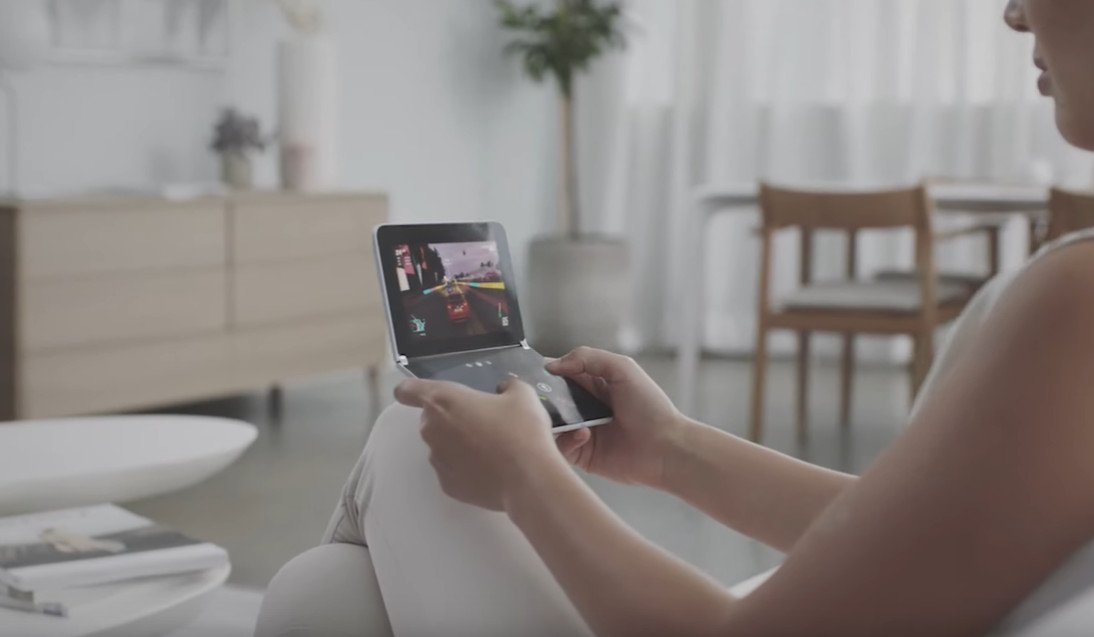
The Surface line has always been about driving innovation. The Surface Pro pushed the 2-in-1 form factor that has since been copied and built upon, in one form or another, by many Windows device manufacturers and even Apple. Surface Neo and Surface Duo present an opportunity for Microsoft to innovate in the mobile and Android spaces and push a new OS, in the form of Windows 10X.
It could be years before Microsoft sees real success with Surface Neo or Duo.
Dual-screen devices provide additional screen real estate for developers, providing room for expanded interaction and more information. While developing for these devices makes perfect sense for some apps like xCloud and Outlook, the makers of other apps may have to think outside the box to utilize the extra space.
According to Guenveur, it's likely we'll see the professional and prosumer spaces take advantage of these new device types first before they expand to the consumer space. "To start out with, the leading edge is going to be your enterprises, your more creative professionals — your prosumers that are looking for new form factors to become productive, versus your consumer masses," she says.
Like the Surface Pro line, success for devices like Surface Neo and Surface Duo likely will not be immediate. Instead, it might take years for Microsoft to see real success, and if it does, other manufacturers will likely have made similar devices based on the form factor.
As for Microsoft, it's staying tight-lipped on the whole thing for now. "On October 2, we shared just a taste of the innovative app experiences that will be available on Surface Neo and Surface Duo," a Microsoft spokesperson told us. "We look forward to seeing what developers create."
Dan Thorp-Lancaster is the former Editor-in-Chief of Windows Central. He began working with Windows Central, Android Central, and iMore as a news writer in 2014 and is obsessed with tech of all sorts. You can follow Dan on Twitter @DthorpL and Instagram @heyitsdtl.

